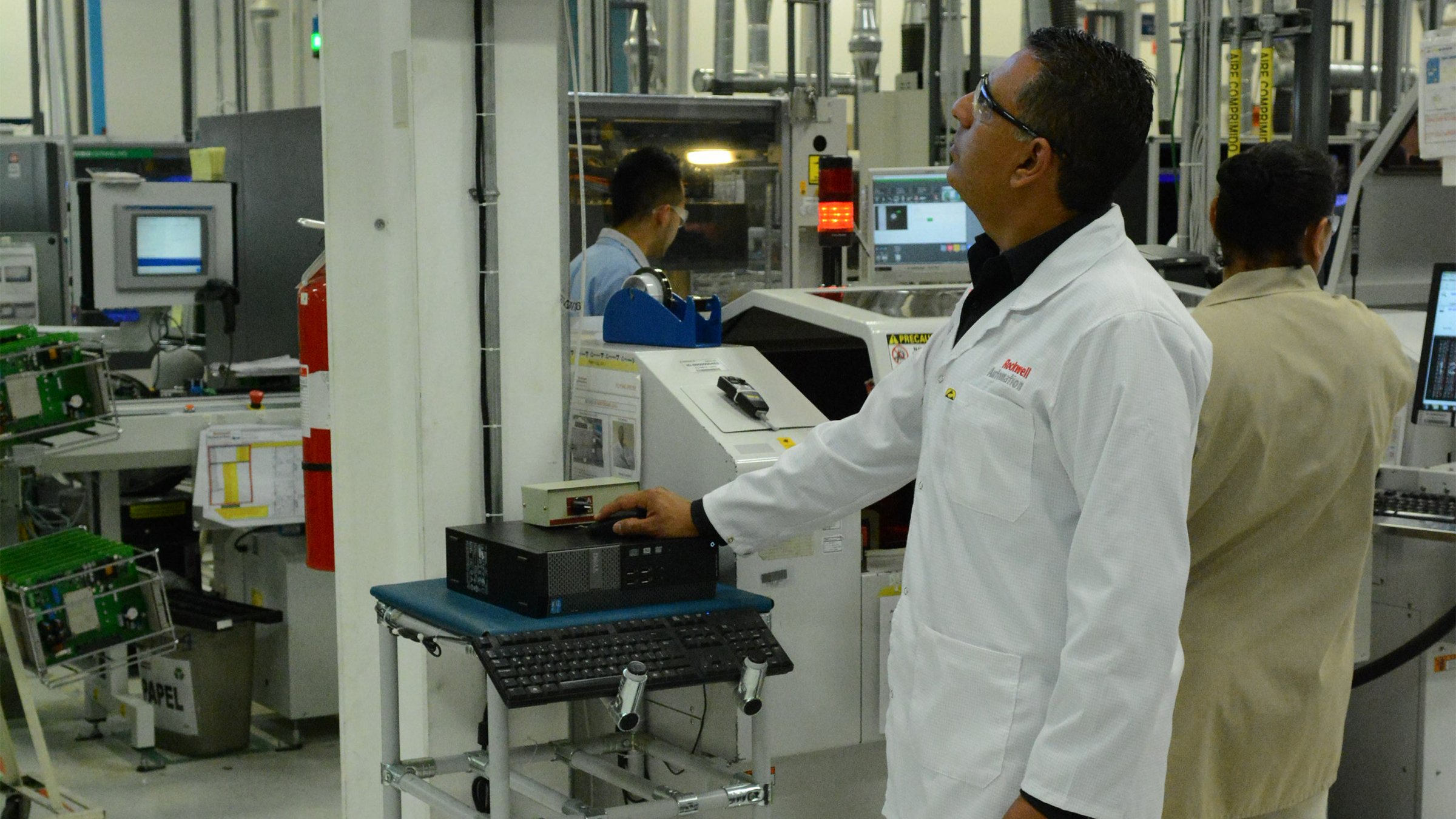Behind its support for some of the world’s most recognizable manufacturers and industrial operators, however, Rockwell Automation is also a manufacturer.
About one-third of the company’s 22,500 employees work at its 20 global manufacturing plants and manage a product catalog of nearly 400,000 SKUs. The company’s average product has a 20-year life span, and the average order includes 200 line items, with product delivery times ranging from a few days to several months.
Rockwell Automation harnessed the power of its own information in a way that could help increase visibility into these complex production environments, support a common manufacturing platform, and enable a restructured supply chain.
The best way to accomplish this was to leverage its integrated control and information portfolio to converge its information technologies (IT) and operational technologies (OT) into a single, globe-spanning system. The system would allow an unprecedented level of connectivity, communication and collaboration across all locations.
Challenge
Similar to other manufacturers with large product portfolios and a global manufacturing presence, Rockwell Automation used a wide range of manufacturing processes at its different plants. Each plant also ran its own enterprise resource planning (ERP) system, with none of them talking to each other, while also using custom applications that monitored and analyzed machine data in different ways.
Rockwell Automation also wanted to establish a fully connected system that could be used to track and swiftly respond to issues that might occur anywhere in the world. That could include responding to a surge in demand at one facility by ramping up production at another nearby facility or adjusting to a disruption with one supply network partner by working with another.
The company also sought to reduce the number of applications registered through its business process mapping. The large number of products and parts being produced had led to the existence of hundreds of applications. The wide variation in data and I/O points increased not only the risk of error but also the time needed to understand collected data.
Solution
Rockwell Automation has been on a decades-long journey to enable better decision making using enterprise data. Driven by a standard and open Ethernet network architecture that utilizes the Internet Protocol, and boosted by key enhancing technologies such as the Internet of Things, The Connected Enterprise® is helping the company evolve and advance that pursuit.
The Connected Enterprise® unifies IT and OT systems, providing new opportunities to access, monitor and capitalize on operational, business and transactional data across a manufacturer’s enterprise.
Establishing a single connected system across the globe necessitated that Rockwell Automation change its network infrastructure approach. The company decided to implement EtherNet/IP™, a standard and open network infrastructure that enables secure interoperability between corporate IT networks and industrial applications.
The company also replaced the many different ERP systems dispersed at its factories around the world with a single ERP system that could easily manage its multiple systems across its global facilities. The new standardized system delivers processes and points of reference for consistently measuring performance across all facilities.

